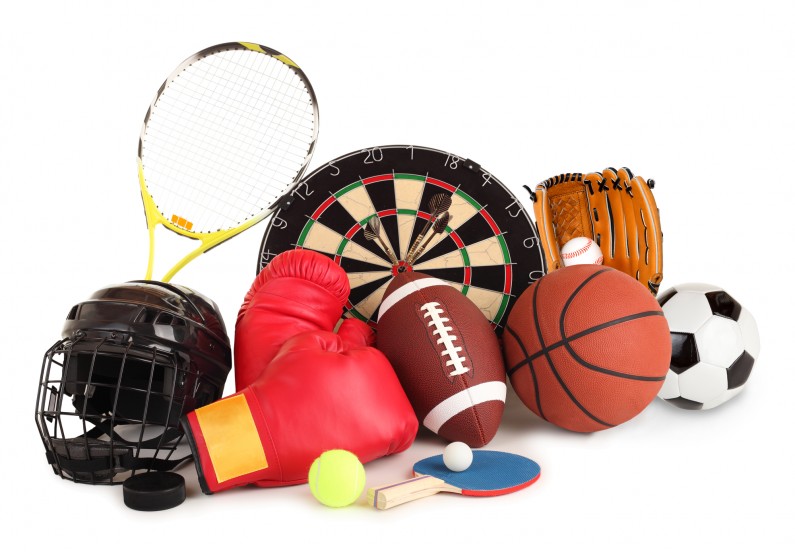7 Ways To Make Maths Fun

While some people love the structure maths offers, people associate mathematics with unpleasant experiences of repetition, ROTE learning, and a rigid right and wrong answer. However we can often overlook the creative elements of mathematics that provide building blocks for children to problem-solve, think critically through probable outcomes and to identify opportunities.
Maths permeates our everyday decision-making. Our society simply cannot function without it. It’s for this reason that teaching our children to enjoy maths and to master their calculation ability, will mean the less likely they will be to feel anxious or even dread tackling equations.
Here are 7 creative ways to thread maths into your child’s day to day activities to spark a love of numbers:
1. Special offers and discounts
Leafing through pamphlets, flicking through a newspaper or simply scanning your email promotions will no doubt involve a sale campaign or discount offer. This is a great opportunity to talk to your child about percentages and savings. For example, ‘if a couch the family have been considering purchasing at a full price of $500 is now 25% off, how much would we save if purchased?’
2. Currency conversion
A family holiday to a new country is not always a daily occurence, but a discussion about future travels can be. Why not segue the conversation into a focus on currencies? Consider comparing the Australian Dollar to the New Zealand Dollar … what happens when one is strong and the other takes a dip? This is a great chance to introduce your child to the fundamentals of Economics.
3. Food weight and volumes
Volume is one metric children learn in primary school and converting this into weight is a handy skill. Try using milk or juice as a comparison between volume and weight. You can take the understanding of volume a step further and consider how the weight of cereal may suggest better value based on the price per gram. For example, a bag of no-brand oats that are 1kg in weight may cost $5.00 compared to a 500g bag of premium-brand oats that cost $4.00 … with the former offering much better value.
4. Baking with fractions
It’s near impossible to bake without an appreciation for measuring out the essential ingredients like flour, sugar, salt … Involving children in baking is not only a fun way to share in an activity and develop an enjoyment in cooking, but the task of using measuring cups can be set aside for your children to grasp. They serve as an effective visual key in showing the relationship between halves, quarters, thirds …
5. Petrol and kilometres in the car
Word problems can be difficult to grasp when the scenarios at hand are quite abstract. But why not transform the monotonous task of filling a tank with petrol into a lesson in multiplication? For example, you notice your car has a quarter of a tank left and petrol costs $1.10 a litre, a full fuel tank holds 80L, how much will it cost to fill?
6. Sports games
Most children can relate to point-scoring when playing sport or cheering on their favourite team. A handy way to inject fun into maths is showing a relationship between shooting hoops, the scoreboard and calculation! For younger learners, if a team is down by 6 points and there is a combination of 1-point, 2-point and 3-point baskets, what combination of these is needed to achieve a 7-point total to hit the lead?
7. Calendars that count down to Christmas
Excitement in the lead up to Christmas is hard to match. Taking advantage of this, and as minds turn to holidays and away from study, continue to use numbers when talking about the special season ahead. You can ask your children to use pencil to paper, chalk to blackboard or their mental calculation to count the days, weeks, hours and minutes until December 25.



